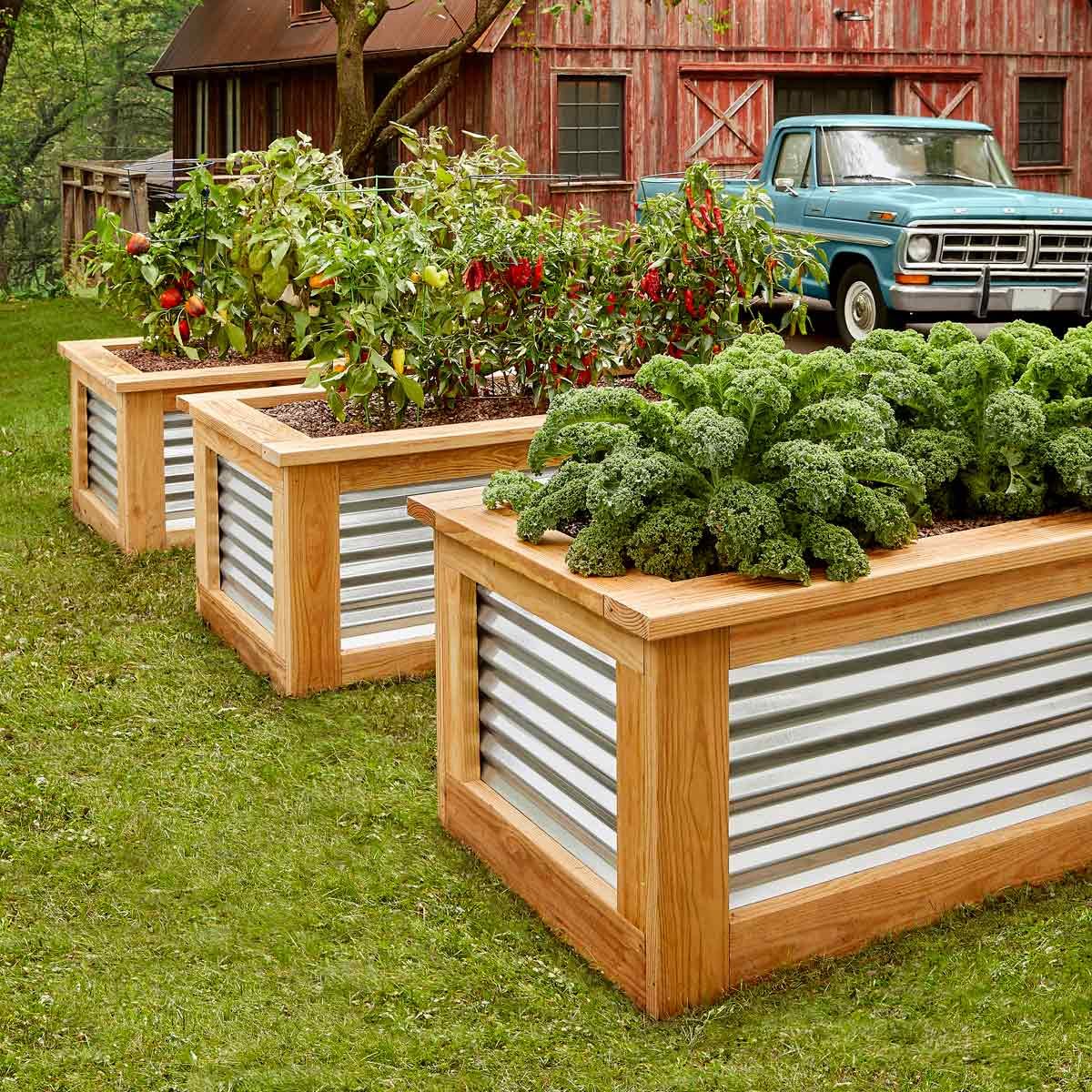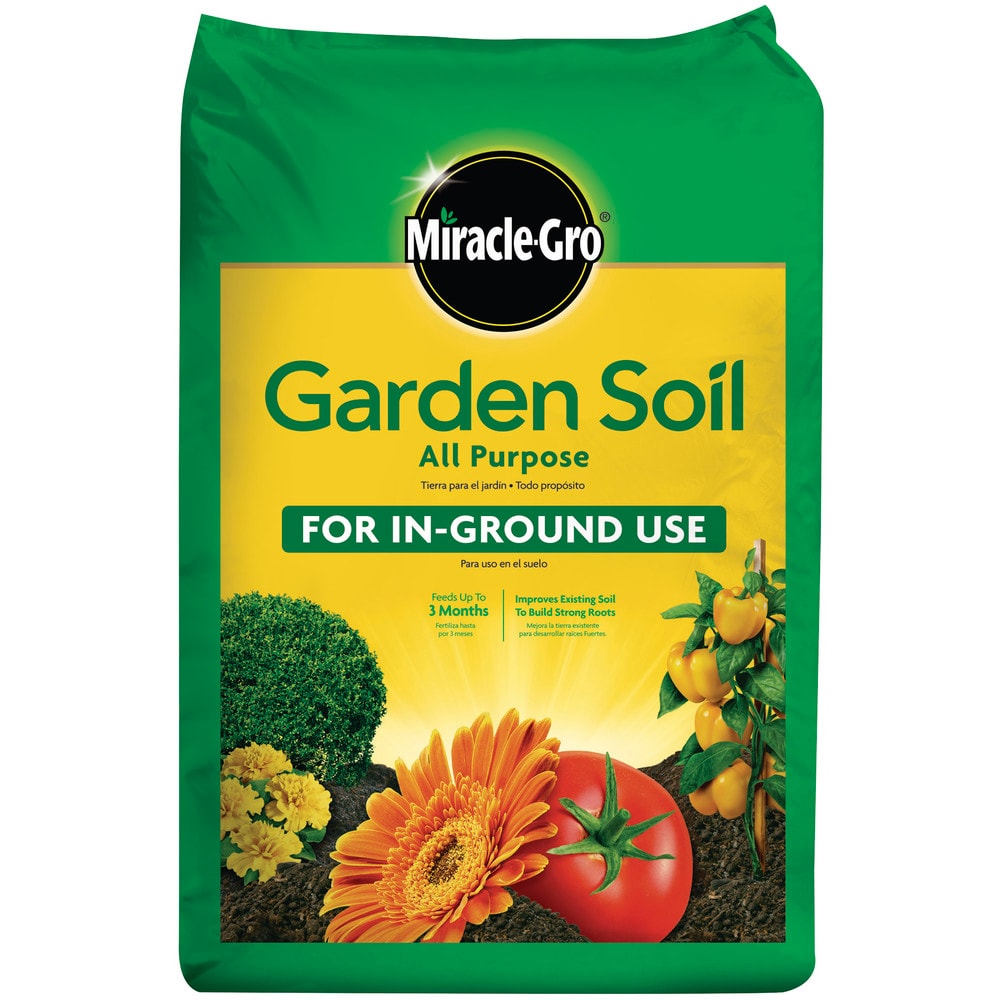How to Build a Raised Bed Garden: A Comprehensive Guide

Are you dreaming of a lush, thriving garden but feel constrained by poor soil or limited space? Raised bed gardening might just be the solution you've been searching for. Imagine having the power to control your garden soil, optimize drainage, and create a beautiful, organized garden space. With raised bed gardening, you can transform even the most challenging landscapes into a verdant oasis. Let's dive into the step-by-step process of how to build a raised bed garden that will make your green thumb shine.
Why Choose Raised Bed Gardening?
Raised bed gardening offers numerous advantages over traditional in-ground gardening. For starters, it allows you to control the quality of your garden soil, ensuring your plants have the best possible growing conditions. Additionally, raised beds improve drainage, reduce soil compaction, and make garden maintenance a breeze. Plus, they can add a touch of elegance and organization to your outdoor space.
Planning Your Raised Bed Garden
Location and Size
Before you start building, it's crucial to plan your garden layout. Choose a location that receives at least six hours of sunlight daily, as most vegetables and flowers thrive in sunny conditions. Consider the size of your garden beds as well. A common size is 4 feet by 8 feet, which allows for easy access to all parts of the bed without stepping on the soil.
Materials
Selecting the right materials is essential for the longevity and aesthetics of your raised bed garden. Popular choices include:
- Wood: Cedar and redwood are excellent options due to their natural resistance to rot. Avoid pressure-treated wood, as it can leach chemicals into the soil.
- Composite Materials: These are durable and low-maintenance but can be more expensive.
- Metal: Galvanized steel or aluminum are long-lasting and modern-looking but can heat up in direct sunlight.
- Stone or Concrete Blocks: These provide a sturdy and attractive option but can be heavy and more labor-intensive to install.
Building Your Raised Bed Garden
Step 1: Gather Your Tools and Materials
You'll need:
- Measuring tape
- Saw (if using wood)
- Drill and screws (if using wood)
- Level
- Shovel
- Rake
- Wheelbarrow
- Garden soil and compost
- Landscape fabric (optional)
Step 2: Prepare the Site
Clear the area of any debris, weeds, or grass. If you're placing your raised bed on a lawn, you can either remove the sod or lay down landscape fabric to suppress weeds.
Step 3: Assemble the Bed
If you're using wood, cut the pieces to the desired length and width. Assemble the frame using screws or nails, ensuring it's sturdy and level. For other materials, follow the manufacturer's instructions for assembly.
Step 4: Fill the Bed with Soil
Fill your raised bed with a mix of high-quality garden soil and compost. Aim for a depth of at least 12 inches to provide ample room for root growth. Make sure the soil is well-draining and rich in organic matter.
Step 5: Plant Your Garden
Now comes the fun part—planting! Choose plants that are well-suited to your climate and soil conditions. Consider companion planting to maximize space and promote healthy growth.
Maintaining Your Raised Bed Garden
Watering
Raised beds tend to dry out faster than in-ground gardens, so regular watering is essential. Install a drip irrigation system or use a soaker hose to ensure even water distribution.
Mulching
Apply a layer of organic mulch, such as straw or wood chips, to retain moisture, suppress weeds, and regulate soil temperature.
Fertilizing
Regularly add compost or organic fertilizer to maintain soil fertility. A well-fed garden is a healthy garden.
Pest and Disease Management
Keep an eye out for pests and diseases. Use organic pest control methods and practice crop rotation to minimize issues.
Conclusion
Building a raised bed garden is a rewarding project that can transform your outdoor space into a thriving oasis. With careful planning, the right materials, and a bit of elbow grease, you can create a garden that not only looks beautiful but also produces abundant harvests. So, what are you waiting for? Grab your tools and get started on your raised bed gardening adventure today!
FAQs
What is the best depth for a raised bed garden?
- A depth of at least 12 inches is ideal for most plants. However, deeper beds (18-24 inches) can accommodate root vegetables and larger plants.
Can I use pressure-treated wood for my raised bed garden?
- It's generally not recommended to use pressure-treated wood for raised beds, as it can leach chemicals into the soil. Opt for untreated cedar or redwood instead.
How often should I water my raised bed garden?
- Watering frequency depends on your climate and the types of plants you're growing. Aim to keep the soil consistently moist but not waterlogged.
What is the best soil mix for a raised bed garden?
- A mix of high-quality garden soil and compost is ideal. Look for a soil mix that is well-draining and rich in organic matter.
How can I prevent weeds in my raised bed garden?
- Apply a layer of organic mulch to suppress weeds. Additionally, using landscape fabric at the bottom of the bed can help prevent weeds from growing up through the soil.


0 Response to "How to Build a Raised Bed Garden: A Comprehensive Guide"
Post a Comment